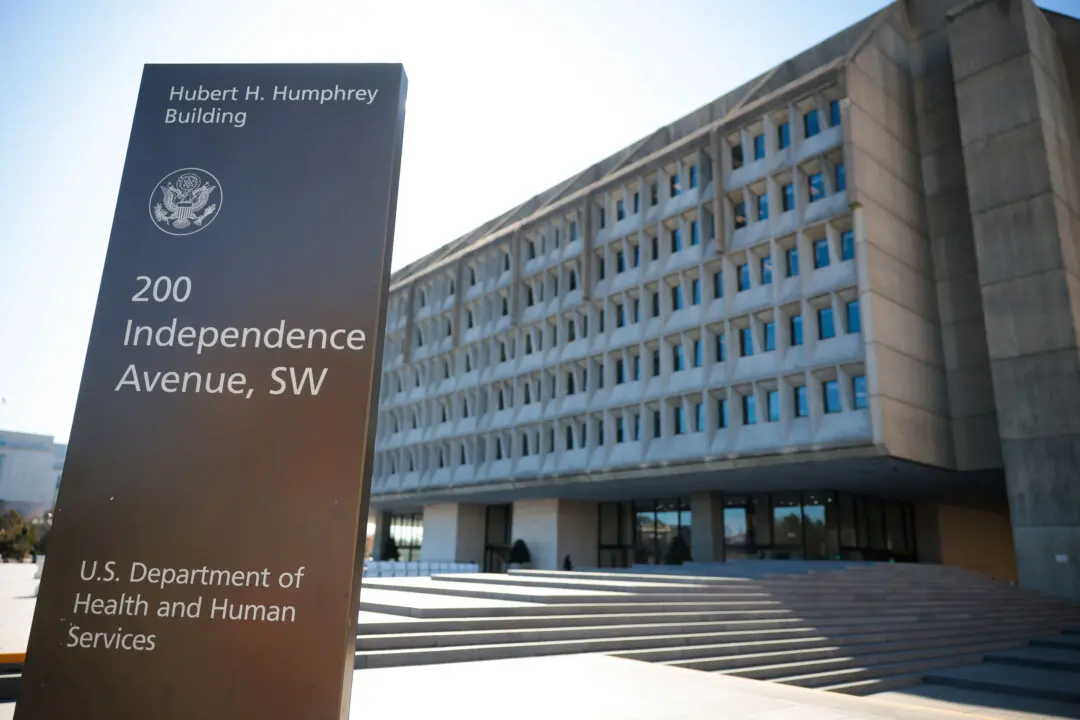The United States military will be focusing on the upgrade and expansion of military bases in Guam and Australia to counter China’s military build-up in the Indo–Pacific region, the Pentagon said, following a review of U.S. troops and weapons around the world released on Nov. 29.
The Pentagon’s global defense review also called for the reinforcement of deploying new rotational fighter and bomber aircraft in Australia, indicating that new B2 stealth bombers and F-22 and F-35 fighter jets could be deployed in the near future.





